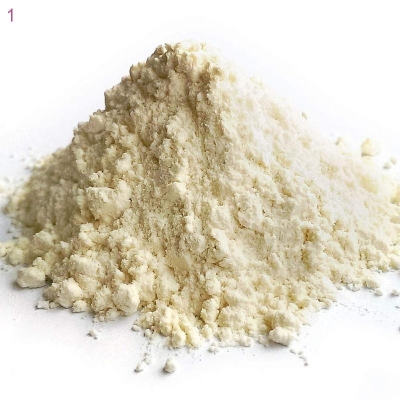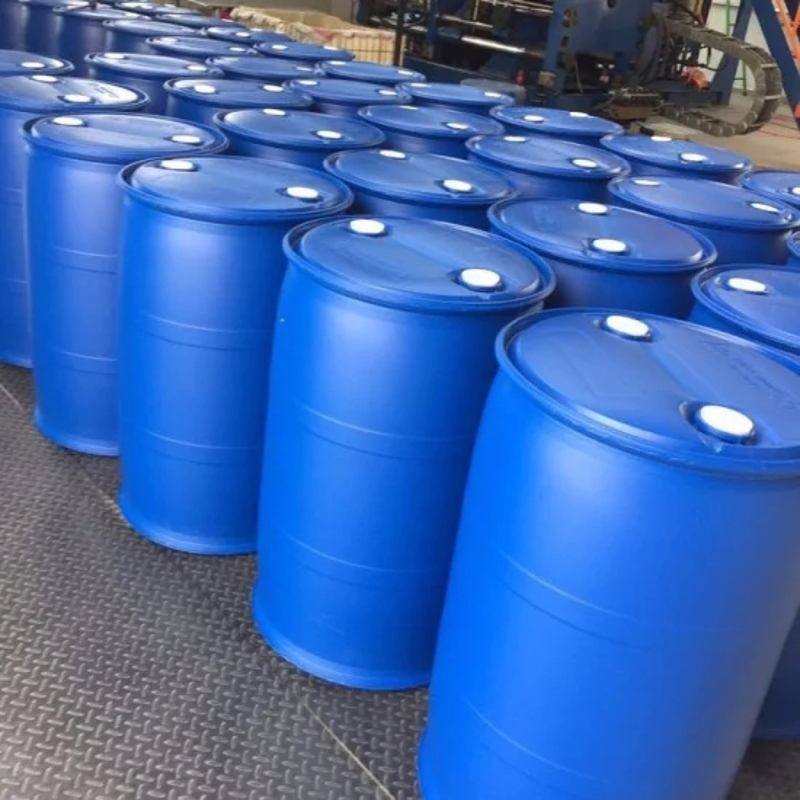The use of food bleach
-
Last Update: 2018-03-12
-
Source: Internet
-
Author: User
Search more information of high quality chemicals, good prices and reliable suppliers, visit
www.echemi.com
Introduction: since ancient times, sulfur-containing substances have been used for antisepsis and bleaching No matter which sulfur-containing inhibitor is used, sulfur dioxide released in the process of use will eventually play a role Here is an introduction to the use of food bleach Food bleaching agent can destroy and inhibit the color factors of food, make the color fade or prevent the food from browning, and improve the quality of food Here is an introduction to the use of food bleach 1 Food bleach is a kind of substance that can destroy and inhibit the color factors of food, make it fade or prevent food from browning Bleaching agent is different from the decolorizing agent which can remove the coloring matter by adsorption 2 The action mechanism of food bleaching agent: the action mechanism can be divided into reducing bleaching agent and oxidizing bleaching agent Oxidizing bleaching agent is a kind of food additive which can make the coloring matter decompose and bleach There are hydrogen peroxide (commonly used in noodles, edible oil, agar, cheese, roe, fish cake and aseptic packaging materials), calcium peroxide (used in dough regulator, ethylene oxidation when fruits and vegetables are fresh, wheat flour bleaching), acetone peroxide, benzoyl peroxide (used in wheat flour bleaching), permanganate Potassium (for water purification, gum odor, disinfection, flour and alcohol), chlorine dioxide (for wheat flour), etc The application of oxidized bleaching agent in wheat flour can increase the whiteness of wheat flour by 3-4 degrees, and the whiteness is stable, thus improving the grade and price of wheat flour However, the use of oxidized bleaching agent in wheat flour will also bring some defects The biggest disadvantage of oxidized bleaching agent is that it can not only fade the Yellow 12 Tails - > carotene, but also destroy vitamin A, vitamin E, vitamin B1, so that the nutritional value is greatly damaged The mechanism of reductive bleaching agent: it can reduce the coloring matter and play a bleaching role In addition to the bleaching effect, most of the oxidizing bleaching agents and reducing bleaching agents also have inhibitory effect on microorganisms, so they can be regarded as preservatives Because of the particularity of reductive bleaching agent, it can be regarded as browning inhibitor and antioxidant Since ancient times, sulfur-containing substances have been used for antisepsis and bleaching No matter which sulfur-containing inhibitor is used, sulfur dioxide released in the use process will play a role in the end Sulfur dioxide and sulfite form sulfite, acid sulfite ion and sulfite ion in aqueous solution In the acid medium, sulfur dioxide is the most effective preservative This effect comes from dissociated sulfite molecules When the pH value is lower than 3.0, most of the sulfite is not dissociated At low pH, the anti microbial effect of sulfur dioxide was enhanced Sulfur dioxide can also effectively inhibit some enzymatic reactions, especially enzymatic browning Phenols in plant tissues are oxidized to produce brown pigment under the catalysis of undergraduate 3 The residue of reductive bleaching agent and application of sulfur dioxide is not equal to that of sulfur dioxide preparation Because in the process of food processing, most of the sulfur can be removed by heating, stirring, vacuuming, precooking, rinsing and other processing methods or processes As long as the addition amount is strictly controlled and the reasonable control of the process is paid attention to, the residual amount of sulfur dioxide will not affect the health of the consumers due to exceeding the standard Many foods use bleach, so is it safe to bleach? In fact, if it is used according to the national regulations, it will not be dangerous Now the state has a food safety detector, which can quantitatively detect 50 parameters in the food on the spot So that we can eat more safe food, more food safety knowledge in the hundred safety net Editor in charge: he xianrob
This article is an English version of an article which is originally in the Chinese language on echemi.com and is provided for information purposes only.
This website makes no representation or warranty of any kind, either expressed or implied, as to the accuracy, completeness ownership or reliability of
the article or any translations thereof. If you have any concerns or complaints relating to the article, please send an email, providing a detailed
description of the concern or complaint, to
service@echemi.com. A staff member will contact you within 5 working days. Once verified, infringing content
will be removed immediately.






